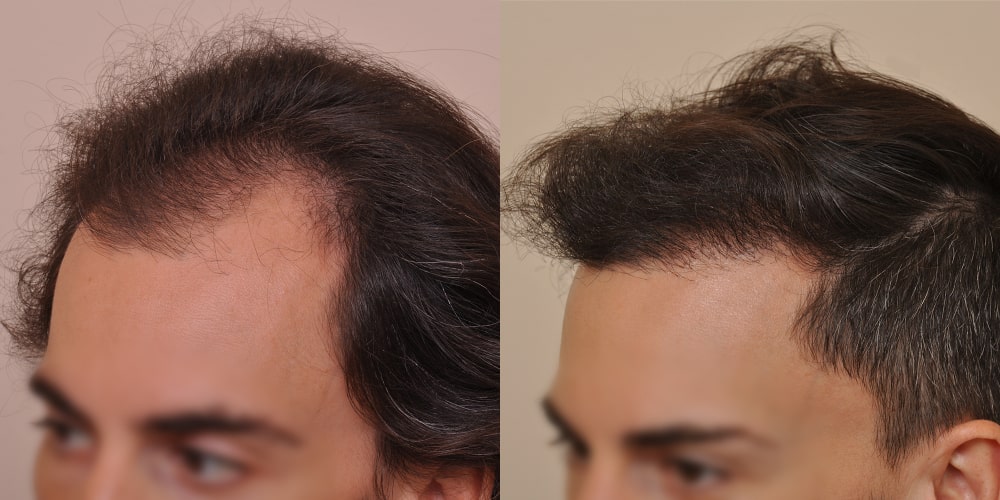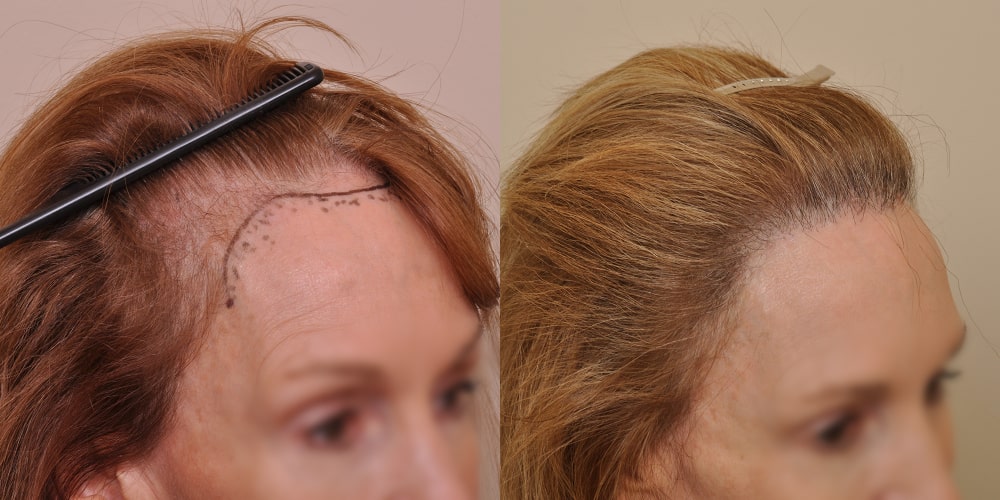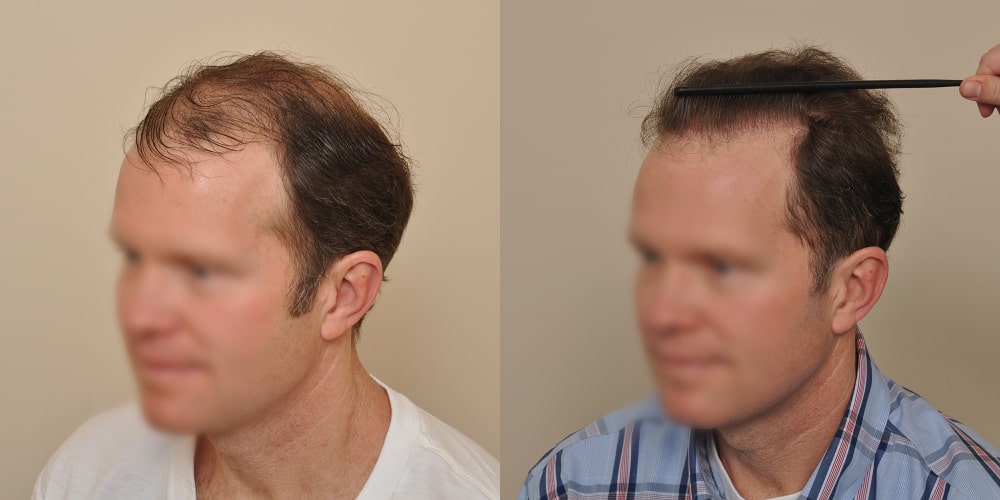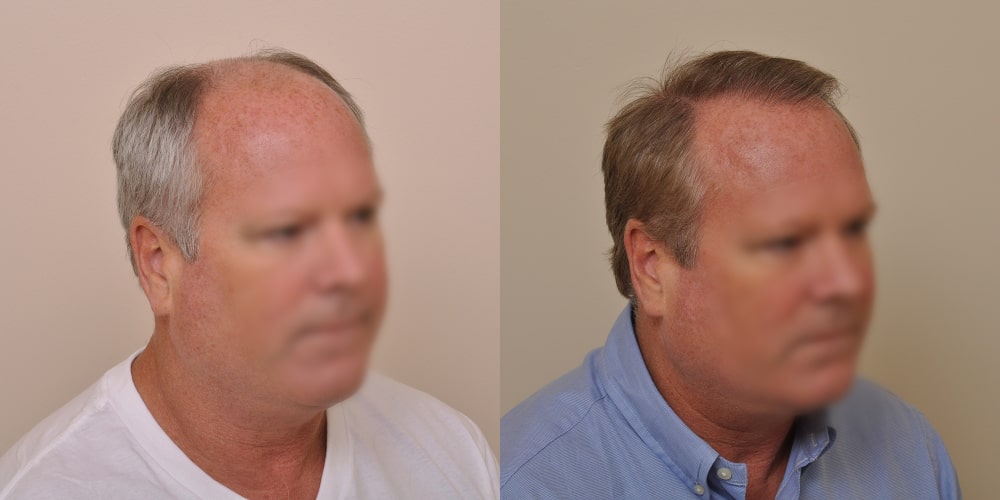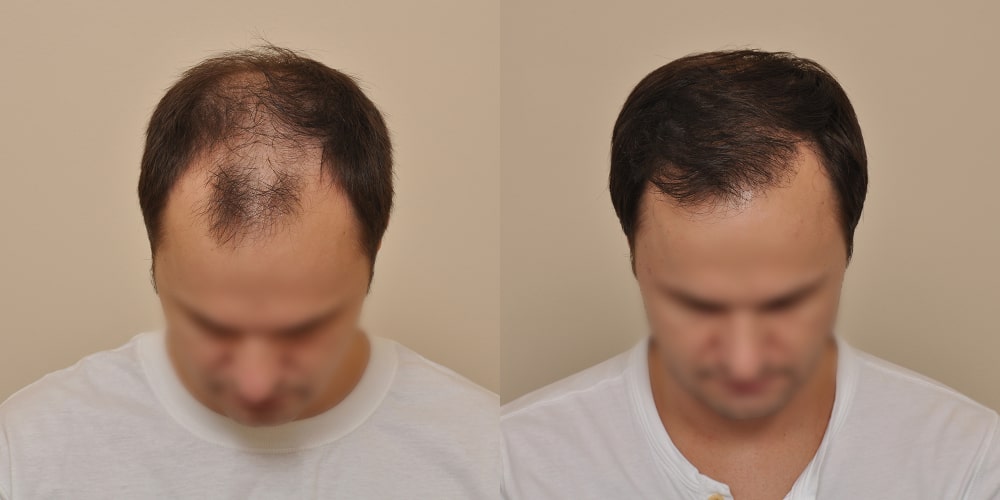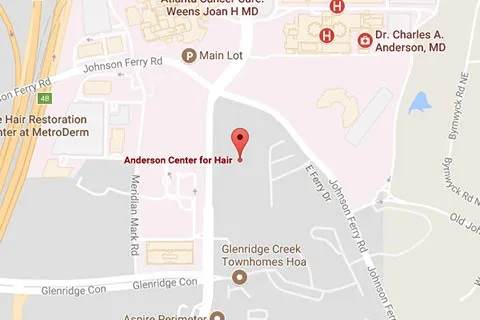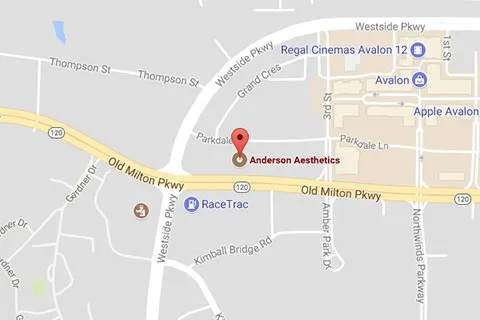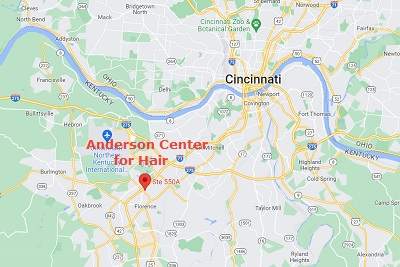FUT HAIR TRANSPLANTS
The gold standard in hair restoration.
Also known as the linear method of hair transplantation.
Follicular unit transplant (FUT), also known as “strip harvesting” or “linear surgery,” is a long-standing technique in hair restoration that removes a strip of your scalp from the back of the head, from which individual hair follicles are then carefully harvested, dissected, trimmed, and transplanted to the areas of need. Despite leading to a linear scar, FUT is renowned for the high quality and volume of grafts it yields. If you never plan to wear your hair military-grade short, an FUT procedure remains the preferred method for maximum graft yield.
Follicular unit transplant (FUT), also known as “strip harvesting” or “linear surgery,” is a long-standing technique in hair restoration that removes a strip of your scalp from the back of the head, from which individual hair follicles are then carefully harvested, dissected, trimmed, and transplanted to the areas of need. Despite leading to a linear scar, FUT is renowned for the high quality and volume of grafts it yields. If you never plan to wear your hair military-grade short, an FUT procedure remains the preferred method for maximum graft yield.
BESTSELF “BEST IN ATLANTA” AND ATLANTA MAGAZINE “TOP DOCTOR” EVERY YEAR SINCE 2014.
A COMBINATION OF SURGICAL SKILL AND ARTISTRY
Using this method, following careful anesthesia of the area to make sure it is completely numb from any possible discomfort, a narrow strip of scalp from the permanent zone is removed, and under a dissection microscope, these follicles are separated from each other. The incision is then closed using a facial plastic surgery technique. After healing, there will be a fine line scar, usually 1-2mm in thickness, in the donor area where the hair was taken. This scar is easily hidden by your existing hair in the donor area.
The benefits of follicular unit transplant.
FUT offers several advantages, including its high success rate, permanent results, and the ability to achieve significant hair density. This technique is particularly suitable for individuals with advanced hair loss or those who desire maximum hair coverage.
Here are some of the benefits of harvesting grafts with the FUT method:
- Maximum Graft Yield: FUT harvesting allows for the extraction of a large number of hair follicles in a single session compared to FUE, making it a suitable choice for individuals with extensive hair loss or those desiring maximum coverage.
- Cost-Effective: An FUT procedure does not require a specialized device or robot, so the surgical cost tends to be lower. If you never plan to wear your hair military-grade short and cost is a consideration for you, FUT might be a more budget-friendly choice.
- Donor Area Preservation: Although FUT involves the removal of a strip of scalp, at the Anderson Center for Hair our surgeons use the trichophytic closure, minimizing the visibility of the resulting scar. This allows the remaining donor area to be utilized for future surgeries, if desired. This preservation of the donor area is particularly advantageous for individuals with limited donor hair, as it ensures that future hair restoration needs can be met without compromising the available resources.
- Rapid Extraction: FUT harvesting allows for the efficient and rapid extraction of grafts. Once the strip of scalp is removed, the technician team can quicky dissect the follicular units under a microscope. This rapid extraction process and quick turnaround ensures the viability and quality of the grafts, which can contribute to successful hair transplantation and improved results.
- Best for Specific Cases: FUT is particularly suitable for certain cases, such as patients with tightly curled or coarse hair, as these hair types can be more challenging to extract using FUE. No device or robot can “see” below the skin before an extraction takes place, increasing the chance of follicle dissection. But using the FUT extraction method, follicles can be viewed and dissected from the strip of skin.
FUT frequently asked questions.
Is hair restoration surgery with the FUT method more painful than other extraction methods?
At the Anderson Center for Hair, we prioritize your comfort and well-being throughout the entire process regardless of the method used for extraction. During the FUT procedure, local anesthesia is used, meaning you will be awake but won’t feel any pain. Our experienced surgeons and technicians will ensure that you are properly anesthetized and constantly monitor your comfort levels. If at any point you experience discomfort, they will promptly administer additional medication to alleviate it.
It’s worth noting that the majority of our patients report being pleasantly surprised by how little pain they actually feel during the procedure. The anesthesia effectively numbs the surgical area, enabling you to undergo the surgery without significant discomfort.
In the days following the surgery, some individuals may experience mild discomfort in the donor area. This is normal and to be expected. To manage any post-operative discomfort, we provide prescribed pain medication, but over-the-counter pain relief options are also a viable choice.
Rest assured that our team is committed to ensuring your comfort throughout the entire process. We will provide you with comprehensive instructions on how to manage any discomfort during the recovery period, and our staff will be available to address any concerns or questions you may have. While every individual’s pain tolerance and experience can vary, our goal is to make the FUT hair restoration surgery as painless and comfortable as possible for you.
What is the recovery period like for FUT surgery?
Following the procedure, minor discomfort on the back and sides of the scalp at the site of the incision and sutures is expected but easily managed with the prescribed pain medication or over the counter pain relivers. You’ll also be prescribed an antibiotic and a steroid for several days to prevent infection and minimize inflammation. Most patients report returning to many of their normal (non-exercise) activities 2 to 5 days post-surgery. Swelling and discoloration are also common and might extend to the forehead or around the eyes; this usually starts on day 2 and peaks on days 3-5.
You’ll be given specific instructions on how to care for your FUT incision following surgery, including how to wash your hair and apply bacitracin ointment. It’s important to follow these instructions closely to ensure the best outcome for your hair restoration.
FUT HAS HELPED THOUSANDS RESTORE THEIR HAIR
Who is a candidate for FUT hair transplants?
If you are experiencing any of the following conditions below, then you are most likely an excellent candidate for the linear method. A consultation with the Anderson Center for Hair is always recommended for evaluation of your specific pattern and cause of hair loss.
- Male-pattern baldness
- Female pattern baldness
- Previous hair transplant surgery
- Corrective hair restoration procedure (pluggy grafts and unnatural appearing grafts)
- High hairlines

